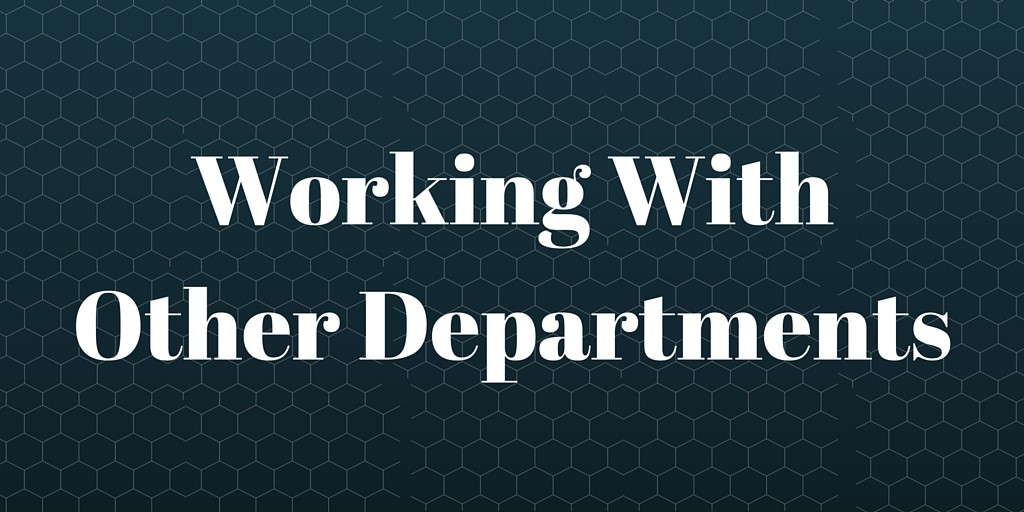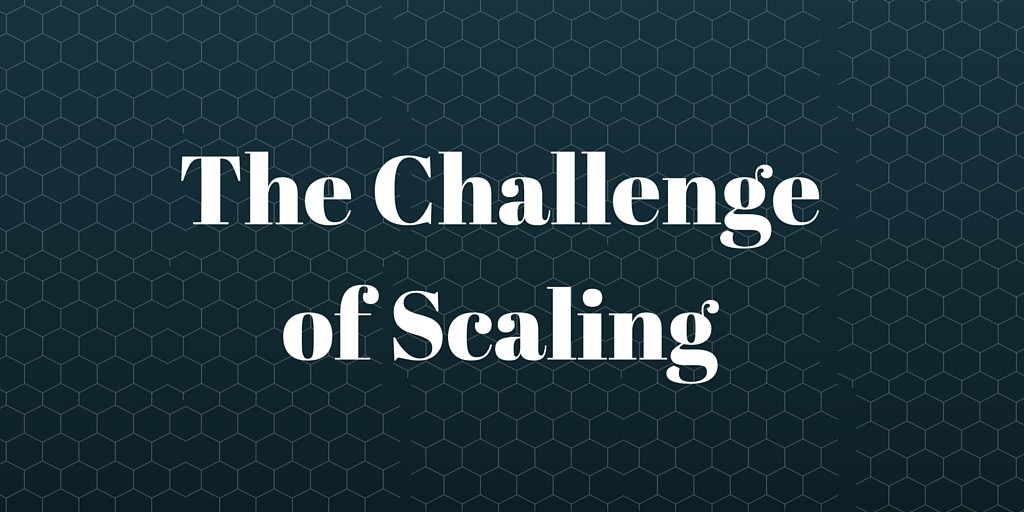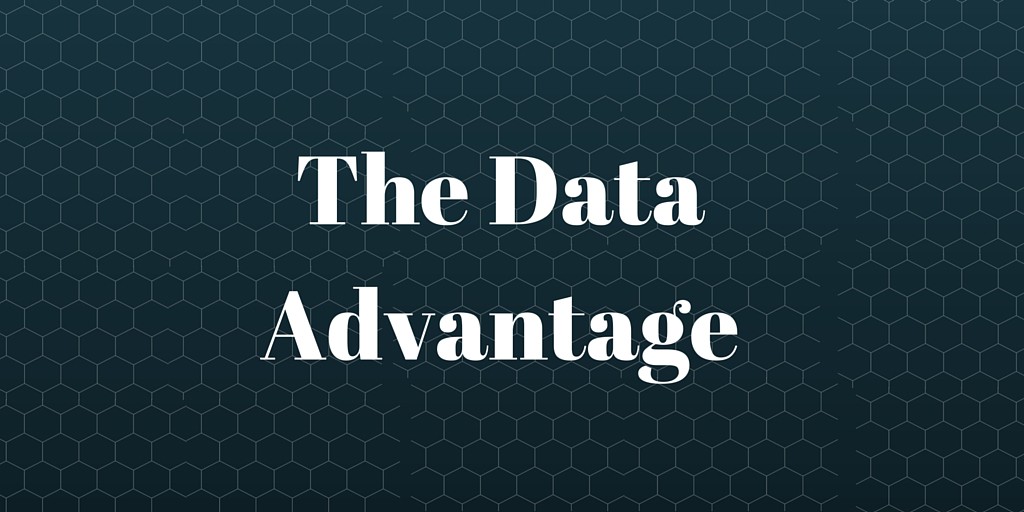The characteristics of optimizing an enterprise site for search are unique compared to smaller sites. While the primary goal may be the same – drive converting visitors to the site – various aspects of execution differ quite a bit depending on the size of the site and the company. Developing enterprise-level SEO best practices often means applying traditional SEO principles at scale, so here are five unique characteristics to consider.

One of the most important elements of a successful enterprise SEO campaign is the interpersonal relationships between the SEO team and other stakeholders. SEO can affect many different departments like development, product, public relations, marketing, design, quality assurance, and even sales and customer service. It is crucial to make sure that all the affected parties understand and buy into the SEO strategy. It’s also important the various departments know how SEO will affect them and vice versa.
This level of communication and coordination across departments can be challenging in a large company and even more difficult for an outside agency. One good strategy is to develop good relationships with key representatives in the various departments. Those people can become your SEO liaisons, which makes it easier to champion ideas and helps keep the lines of communication open.

Most enterprise-level sites have some degree of brand recognition. This may carry some inherent advantages, especially if there are significant amounts of navigational searches for that brand and a superior user experience. It may also mean better relative CTR if people are seeking out that brand more than others for a broader set of queries.
In addition to navigational searches, brands typically have the budgets and resources to dedicate to other areas that lead to better signals and repeat use. Some examples are:
- Product development & enhancements
- Engineering resources
- User experience
- Diversified traffic streams
- Generating higher quality content
- Thought leadership
No matter what level site you’re working with, it’s important to understand these characteristics as they could either be an advantage or a goal depending on your situation.

Enterprise-level sites can involve massive numbers of pages, and in some cases many domains and subdomains. For example, large e-commerce sites may have hundreds of thousands of products and multiple paths to get to each product which can balloon their URL count with all the different facets of navigation. This sort of scale can be a challenge for many SEOs and development teams since there are often multiple approaches to solving scalability issues.
To help manage this type of scale, it’s helpful to have proper tools that you can customize for your needs. Although there is typically an up-front time investment for learning and integrating proper processes, once you’re set up things should move smoothly. Familiarity with the right tools can pay off in the long run because of their capacity to improve operational efficiency.

Large companies typically have the ability, willingness & resources to invest in various marketing channels. Depending on the situation, this can be an advantage or disadvantage. If the other departments truly understand the value of SEO, everyone’s work will be more productive when executing a holistic strategy and there will be better incremental growth in more channels.
But the opposite is also true. If various departments work exclusively in silos, they will miss out on some great opportunities to propel the company. It’s easy for large companies to fall into this trap, often without even realizing it, and can be difficult to convince them otherwise. As the old saying goes, they “can’t see the forest for the trees.”
And while there are some advantages to this type of functional organization, it’s also a significant opportunity cost. And it’s an opportunity for smaller companies to exploit a brand’s weakness by executing a better holistic strategy.

Data analysis is transforming many aspects of business, and SEO is no exception. Big businesses can harvest large datasets and use this to their advantage in a variety of ways. For example, the SEO team can examine the demographics and actions of visitors to determine what works and what doesn’t. If the site is drawing lots of traffic but failing to convert leads, a dive into the data might reveal why.
More data, and particularly more traffic, also means an advantage when it comes to testing. Small businesses that get very little traffic are not able to test for significance in the same time frame as a site with millions of visitors. Large datasets also make it easier to spot trends in a niche which can lead to better business intelligence. An SEO’s ability to analyze data and solve problems with data is critical to a successful enterprise SEO campaign.
These are just a handful of characteristics unique to enterprise-level SEO. But it’s also critical to properly execute the fundamentals of SEO because without a strong foundation, you could be working on a house of cards!
Need help with your SEO efforts? Contact me for a free consultation.
Leave a Reply